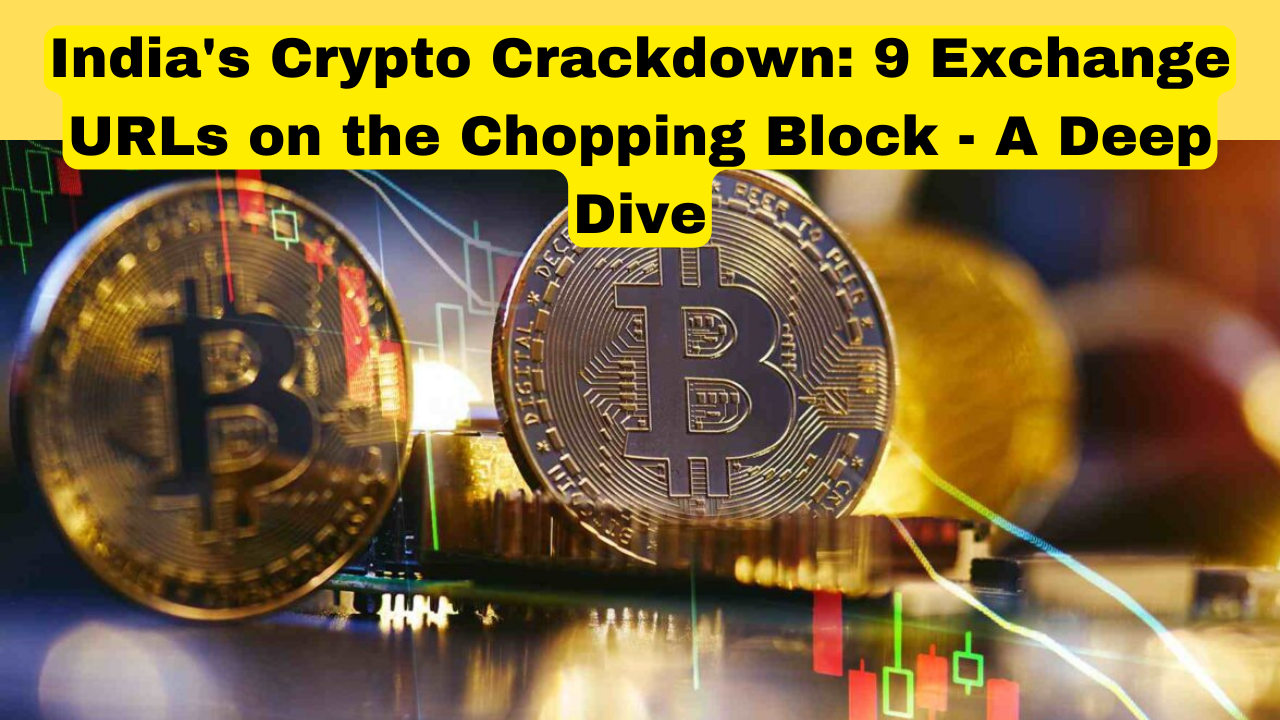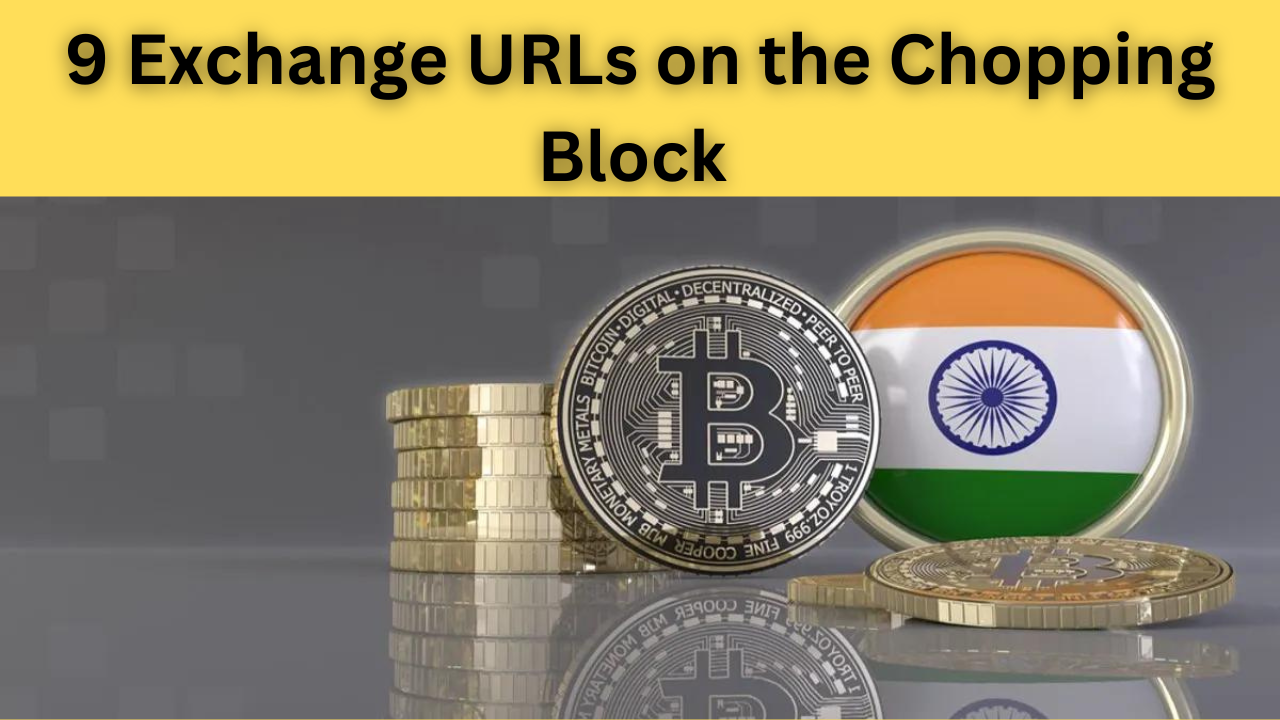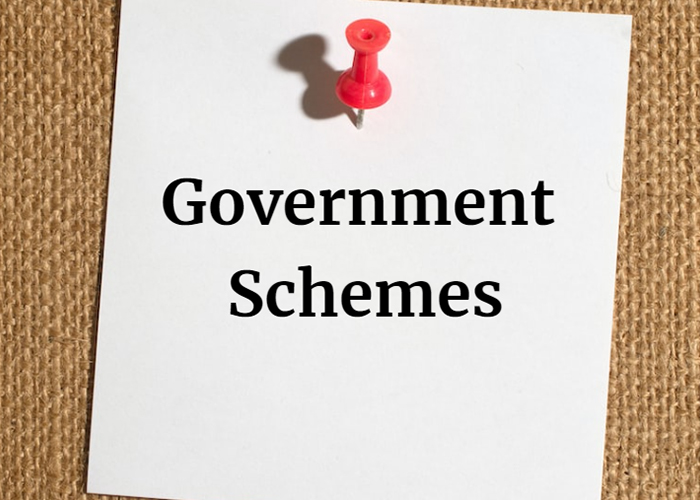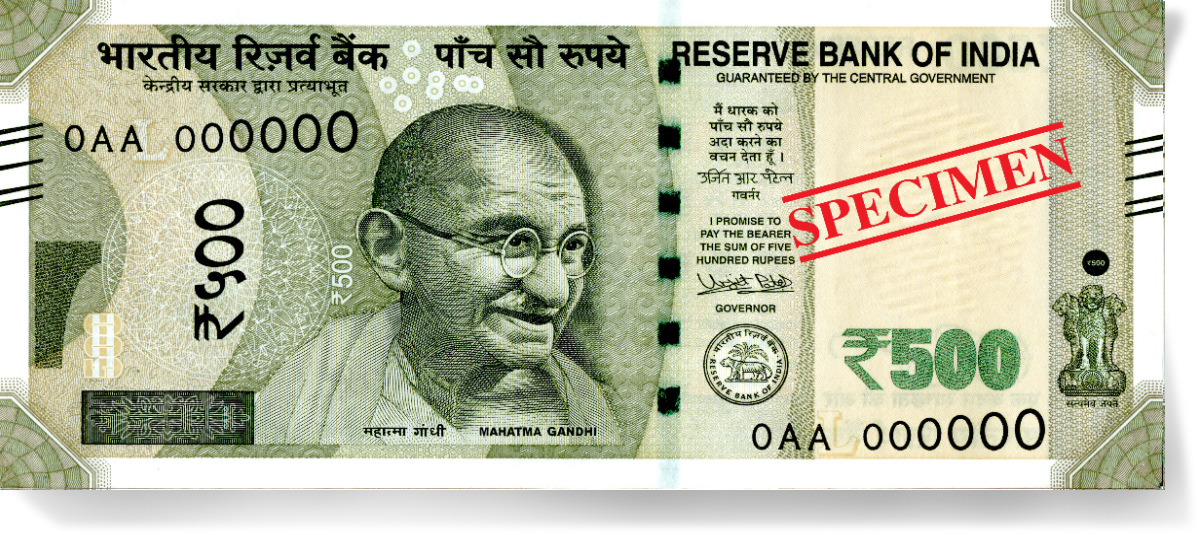India's Crypto Crackdown: 9 Exchange URLs on the Chopping Block - A Deep Dive
Explore the intricate dance between India's government and nine international crypto exchanges facing a potential URL block. Uncover the allegations, regulatory landscape, and the ripple effects on the crypto market. Delve into the responses from major exchanges and the critical questions shaping the future of India's crypto ecosystem. Join the conversation on striking a regulatory balance, global implications, and the need for collaboration. Navigate the uncertainties with insights from an experienced blogger with a deep understanding of the blogging and crypto landscape in India. Stay informed on the evolving narrative that could shape the trajectory of digital assets in the country.
India's Crypto Crackdown
Introduction: India's Crypto Crackdown
In the fast-paced realm of cryptocurrency, India finds itself at the center of a regulatory storm. The Financial Intelligence Unit (FIU), under the Ministry of Finance, has raised its baton, pointing accusingly at nine major international exchanges. Binance, KuCoin, Huobi, Kraken, Gate.io, Bittrex, Bitstamp, MEXC Global, and Bitfinex stand accused of violating the Prevention of Money Laundering Act (PMLA). This has triggered a regulatory crescendo that threatens to cut off access to these platforms for Indian users. Let's delve into the intricate details of this unfolding saga.
The Accusation and Compliance Concerns: India's Crypto Crackdown
The FIU's accusation revolves around non-compliance with PMLA regulations. Show cause notices were issued in March 2023, demanding explanations from the accused exchanges. The government's attempt to balance innovation with investor protection has intensified with these notices, creating a compliance scorecard that demands adherence to anti-money laundering (AML) and counter-financing of terrorism (CFT) regulations.
The Crescendo: URL Blocks Threaten Access: India's Crypto Crackdown
The regulatory symphony reached its crescendo as the FIU escalated its actions in March, urging the Ministry of Electronics and Information Technology (MeitY) to block the URLs of the accused exchanges. This potential move aims to sever the connection between Indian users and these global platforms, raising concerns about the impact on the burgeoning crypto scene.
The Impact: A Melody of Uncertainty: India's Crypto Crackdown
The proposed URL block has prompted a symphony of reactions, with proponents advocating for stricter compliance measures to curb illicit financial activities. However, critics fear the stifling of innovation and limited user access, raising questions about the potential harm to economic activity generated by these platforms.
The Interlude: Exchanges Respond, Seeking Harmony: India's Crypto Regulatory Symphony
Amidst the regulatory storm, accused exchanges have not remained silent. While some, like Binance, express willingness to comply, others, like Kraken, question the legality and proportionality of the proposed URL block. This interlude highlights ongoing efforts by exchanges to engage with the government and find a harmonious solution.
The Solo: Indian Exchanges Seek a Spotlight: India's Crypto Crackdown
With major international exchanges under the regulatory spotlight, a solo opportunity arises for compliant Indian platforms like CoinDCX, WazirX, and Zebpay. The potential vacuum left by global giants could propel domestic players into the limelight, but their ability to fill this void remains uncertain.
Beyond the Chorus: Questions Linger for the Future: India's Crypto Regulatory Symphony
As the government's proposed URL block raises questions about the future of crypto regulation in India, uncertainties linger. Striking a balance between regulation and fostering industry growth, the impact on India's global crypto image, and the effectiveness in preventing illicit activities remain critical considerations.
The Finale: A Call for Cooperation and Clarity: India's Crypto Crackdown
While the proposed URL block introduces uncertainty, it also offers an opportunity for cooperation. A transparent, consultative approach is crucial for finding a solution that protects investors, fosters innovation, and aligns with India's broader economic goals.
Conclusion: India's Crypto Regulatory Symphony
The Indian crypto regulatory saga is far from over. Whether the URL block becomes a permanent feature or a transient note in the symphony remains uncertain. The government's actions will not only shape the domestic crypto market but also resonate globally, making it a critical juncture in the complex and captivating narrative of India's crypto future. Stay informed, engage in discussions, and actively participate in shaping the future of crypto in India – the choices made today will echo through tomorrow.
Frequently Asked Questions (FAQs) about India's Crypto Crackdown
1. What is the basis of the allegations against the nine international crypto exchanges in India?
The allegations are centered on the violation of the Prevention of Money Laundering Act (PMLA). The Financial Intelligence Unit (FIU) accuses these exchanges, including Binance and KuCoin, of operating illegally within India and failing to comply with AML and CFT regulations.
2. How has India's regulatory landscape for cryptocurrencies evolved?
India has been navigating a regulatory balancing act, attempting to foster innovation while ensuring investor protection. The FIU's show cause notices and the subsequent request to block URLs signify a tightening of regulations in response to perceived non-compliance.
3. What are the potential consequences of the proposed URL block on these exchanges?
The URL block could lead to limited access for Indian users, disrupting trading activities and potentially causing market volatility. It also presents both challenges and opportunities for domestic exchanges compliant with PMLA regulations.
4. How have the accused exchanges responded to the allegations?
Responses vary among the exchanges. While some, like Binance, express willingness to comply, others, such as Kraken, raise concerns about the legality and proportionality of the proposed block. The situation highlights the complexity of the regulatory landscape.
5. What impact could the regulatory developments in India have on the global crypto landscape?
India's decisions on crypto regulations can have global implications, influencing international perceptions and strategies. As one of the major economies, India's stance may set precedents for future regulatory frameworks and collaborations worldwide.
6. How can stakeholders collaborate to navigate the uncertainties in India's crypto space?
Collaboration among regulators, exchanges, and the crypto community is crucial. A transparent and consultative approach can help find solutions that protect investors, foster innovation, and align with broader economic goals.
7. What questions linger about the future of crypto regulation in India?
Key questions include whether the government will strike a balance between regulation and growth, how the global image of India's crypto ecosystem will be impacted, and whether the intended goal of preventing illegal financial activities will be achieved.
8. What is the role of domestic exchanges amid the potential ban on major international platforms?
Domestic exchanges like CoinDCX, WazirX, and Zebpay could see increased user engagement if the URL block materializes. However, their ability to fill the void left by global exchanges remains uncertain.
9. What does the future hold for India's crypto landscape amid the proposed URL block?
The future remains uncertain, and the coming months will be crucial in determining the course of action. Key factors include whether exchanges comply with regulations, the government provides a clear regulatory roadmap, and the crypto community finds alternative avenues for trading and investment.
Written By: Muktar


























